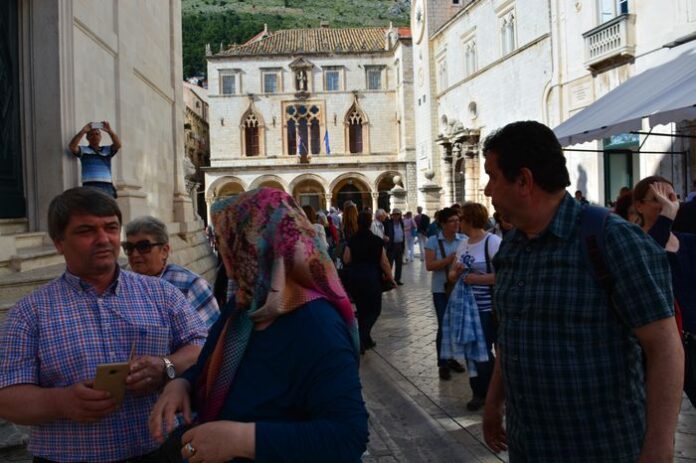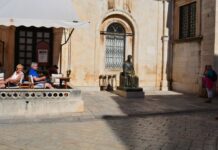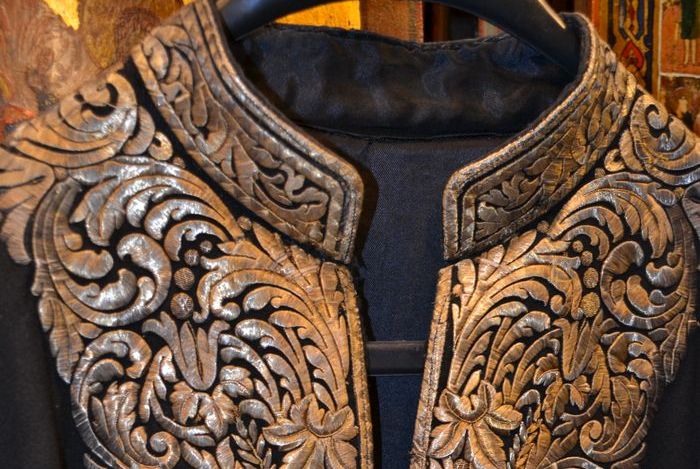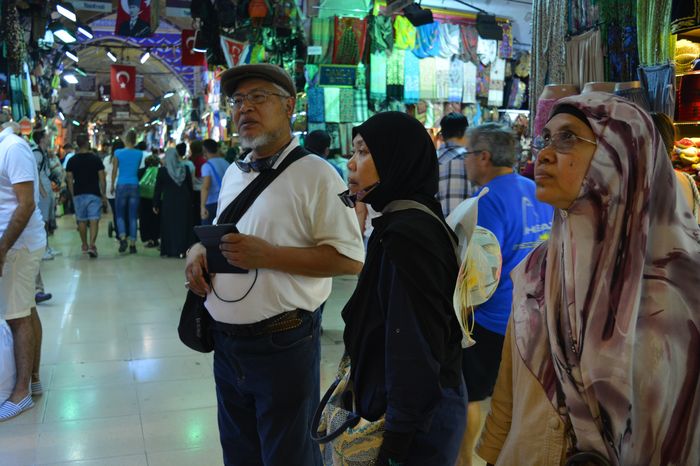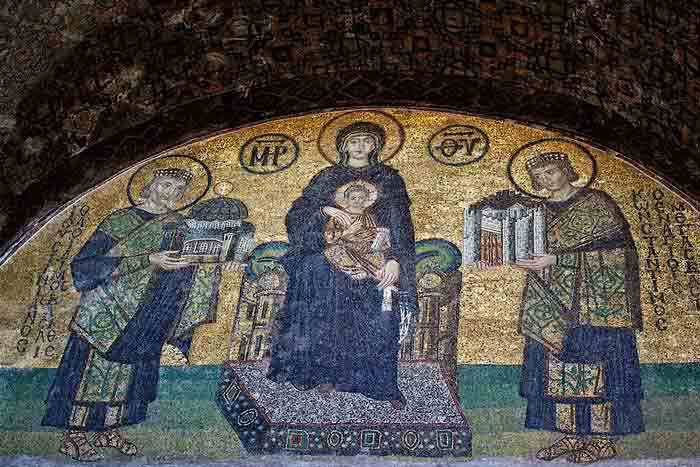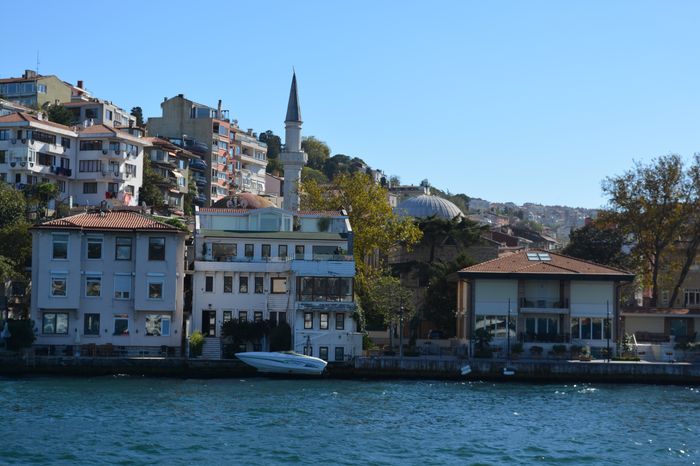As an inscription on the fortifications of Constantinople proudly declared, the city’s walls were not just any walls—they were extraordinarily strong. The inscription, which reads in Greek, says this was a wall that could withstand the test of time and attack. As long as the city had the courage to defend itself and the ancient methods of warfare remained, Constantinople was invincible. Behind these strong walls, the civilization of Constantinople withstood barbarian invasions for a thousand years Sofia Tours.
Inscriptions Commemorating the Walls
Three important inscriptions celebrate the construction of these powerful fortifications. Two of these inscriptions can still be found on the Gate of Yeni Mevlevi Haneli Kapoussi (also known as Porta Rhousiou), which is a famous entrance to the city. One inscription is written in Greek, and the other in Latin, since both languages were used in official matters at that time.
Greek Inscription
The Greek inscription reads:
“In sixty days, by the order of the sceptre-loving Emperor, Constantine the Eparch added wall to wall.” This inscription highlights how quickly the fortifications were built under Constantine’s orders. The phrase “added wall to wall” emphasizes how the city’s defensive walls were strengthened rapidly.
Latin Inscription
The Latin inscription is more boastful about the work. It states:
“By the commands of Theodosius, in less than two months, Constantine erected triumphantly these strong walls. Scarcely could Pallas have built so quickly such a strong citadel.”
Here, the inscription praises how quickly the walls were built, comparing it to the goddess Pallas, who in ancient myths was known for her strength and wisdom. The comparison suggests the construction was almost miraculous in its speed and quality A Natural Disaster and a Dangerous Time.
Greek Anthology Inscription
The third inscription, now missing from its original location on the Porta Xylokerkou, is preserved in the Greek Anthology. This inscription says:
“The Emperor Theodosius and Constantine the Eparch of the East built this wall in sixty days.”
It reinforces the remarkable speed of the wall’s construction and highlights the importance of both Emperor Theodosius and Constantine in the project.
The Time Frame of the Construction
The idea that such a massive structure could be completed in just sixty days may seem unbelievable at first. However, this time frame is more understandable when we consider a few important factors. The statement likely refers to the second wall built to strengthen the city’s defenses, and the fear of the Huns, especially Attila.
Attila, known as “The Scourge of God,” inspired terror throughout Europe. The threat of his invasion would have motivated the citizens and workers to build the wall as quickly as possible, using all their strength and energy to complete the project. The urgency of the situation would have driven them to achieve this extraordinary feat of construction in record time.
